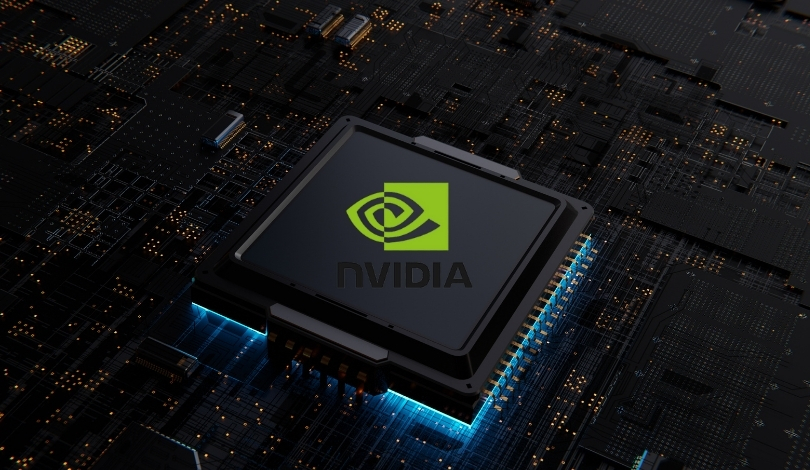Nvidia’s anticipated release of its RTX 5000 Super series, which has attracted significant attention from PC enthusiasts and industry watchers, may now be facing unexpected delays. This development emerges at a time when many users and retailers had begun planning upgrades in anticipation of the new graphics card lineup. The rumor has sparked discussions within tech communities, as Nvidia’s GPU launches often have a noticeable impact on market dynamics and hardware availability. Potential buyers tracking the next step in Nvidia’s product roadmap may need to adjust expectations, as disclosure of the delay changes speculation about both timing and potential features. Amidst this uncertainty, PC performance enthusiasts are keeping a close eye on official updates.
Recent reporting around upcoming Nvidia graphics cards has generally centered on rumored release schedules that pointed to a 2024 launch, with some commentators predicting availability by the end of the current quarter. Other leaks suggested partial technical specifications and possible performance improvements over the current RTX 4000 series, particularly for those closely following incremental advancements in the GeForce RTX product family. This fresh rumor, while not yet corroborated by official statements, marks a divergence from earlier expectations and introduces additional ambiguity to Nvidia’s product cycle for hardware upgrades. Unverified information and shifting timelines had been common in previous Nvidia launches, reflecting a pattern of cautious communication around high-profile products.
What Is Behind the Latest Delay for the RTX 5000 Super?
Nvidia has not provided specific reasons publicly regarding the delay of the GeForce RTX 5000 Super models, but industry observers speculate that production or supply chain factors may be involved. Such challenges have previously affected hardware rollouts across the broader technology sector, including graphics cards, due to fluctuating manufacturing timelines or strategic adjustments in product launches. In a statement, the company clarified,
“Product development is an ongoing process and timelines can adapt to ensure a quality launch.”
How Does This Affect Upgrade Plans and Retail Strategies?
The shift in the anticipated release timeline has generated uncertainty among gamers and professionals who were considering an immediate upgrade to the new RTX 5000 Super series. Retailers and system integrators that had aligned their supply chains toward supporting the launch may now need to rethink inventory and promotional strategies in the coming months. Nvidia commented on the consumer response, stating,
“We continue to work closely with our partners and appreciate the enthusiasm for our upcoming products.”
Could This Indicate Broader Shifts in GPU Market Dynamics?
A delayed RTX 5000 Super release may influence competitive positioning across the GPU landscape, potentially giving rival brands an opening or prompting consumers to postpone purchasing decisions. The timing of major product launches shapes both pricing and market availability of current and previous generation cards, with ripple effects for manufacturers, sellers, and end-users alike. Observers will be watching whether this pause leads to incremental improvements in the RTX 5000 Super’s specifications as Nvidia adapts to the feedback and market conditions.
The latest rumors of a delay in Nvidia’s RTX 5000 Super series highlight the unpredictable nature of hardware launches and their impact on the tech industry. Unlike earlier cycles where timelines were met more consistently, ongoing supply chain volatility and growing competition from other chip manufacturers create added complexity for both companies and customers. For those tracking GPU cycles, patience and attention to official communications are important, as rumors can shift upgrade and purchasing strategies rapidly. Those with immediate needs may focus on current offerings, while others may wait for more concrete announcements, assessing how Nvidia’s roadmap changes can influence the broader PC hardware environment.










